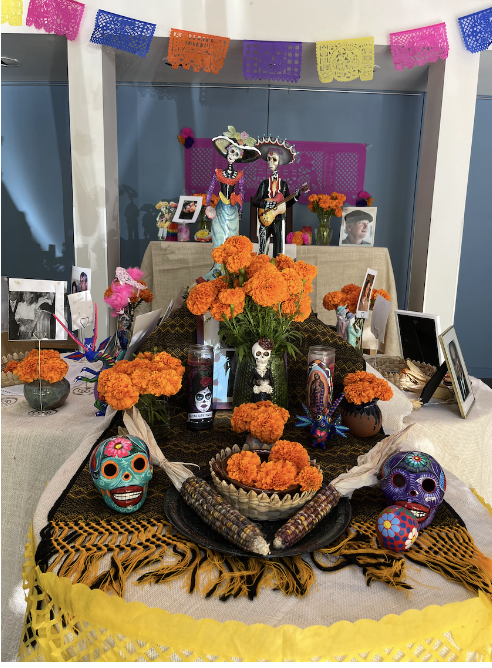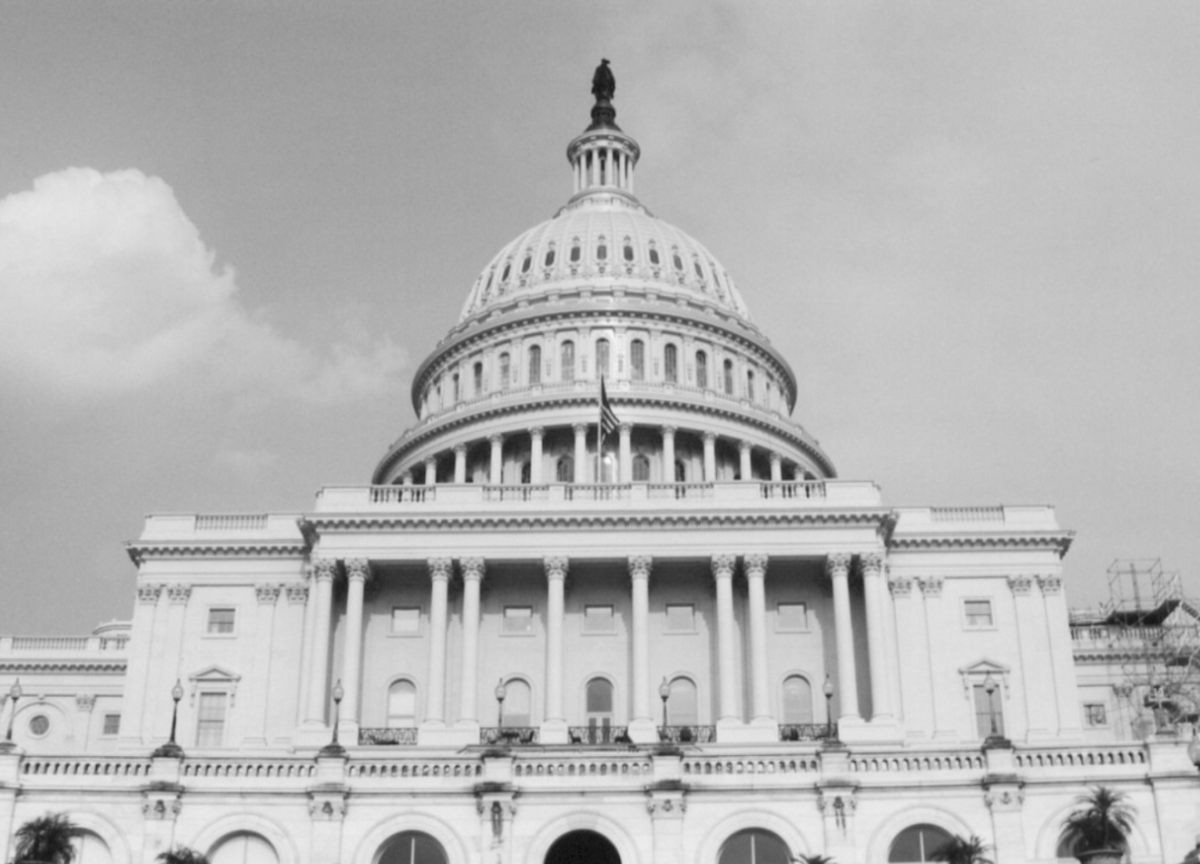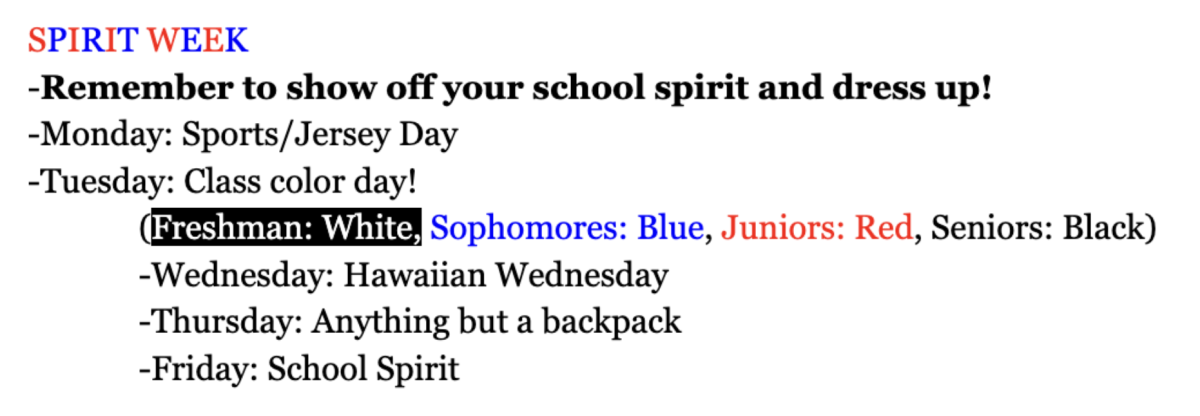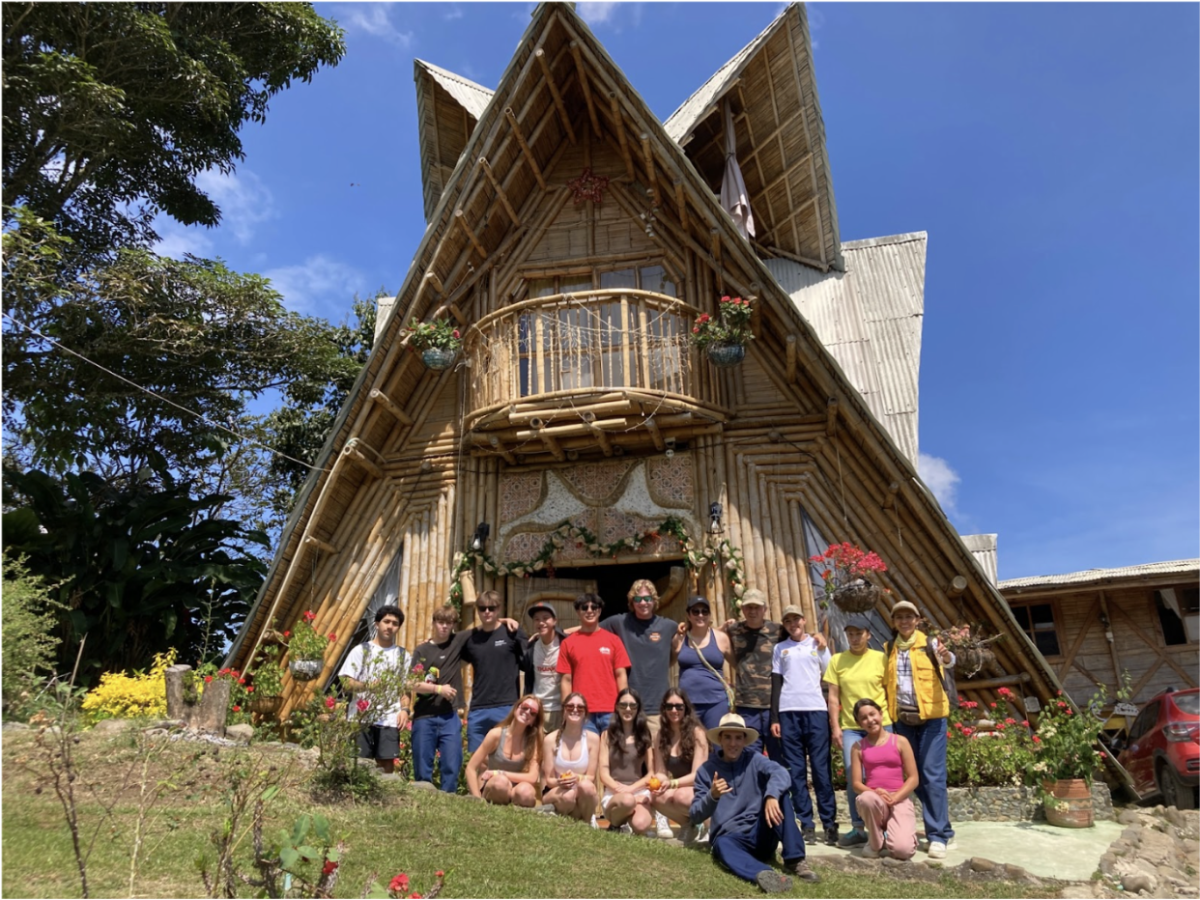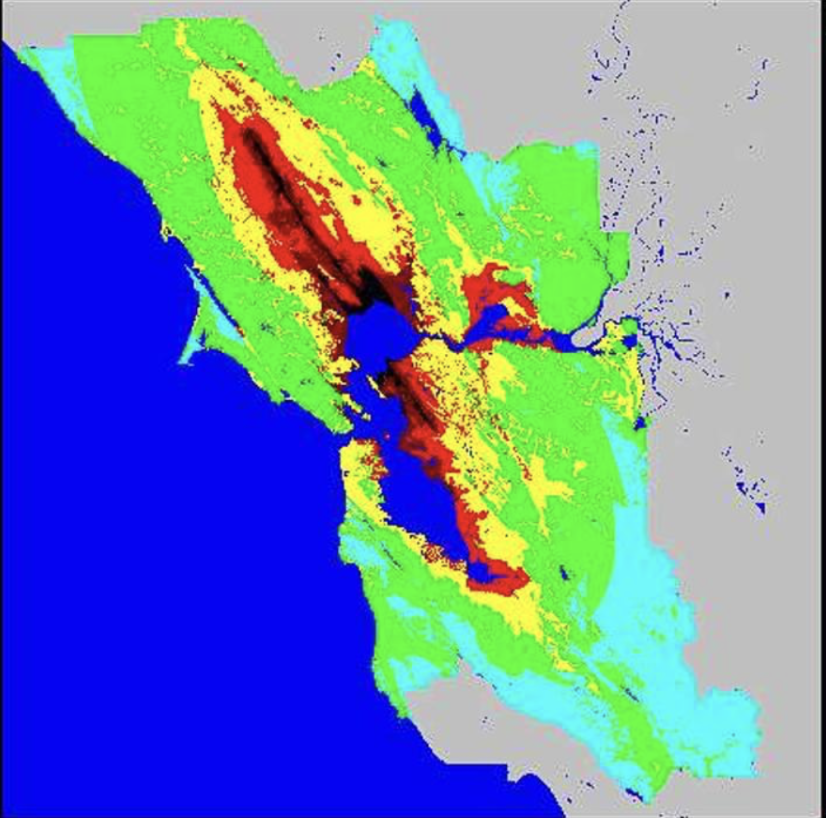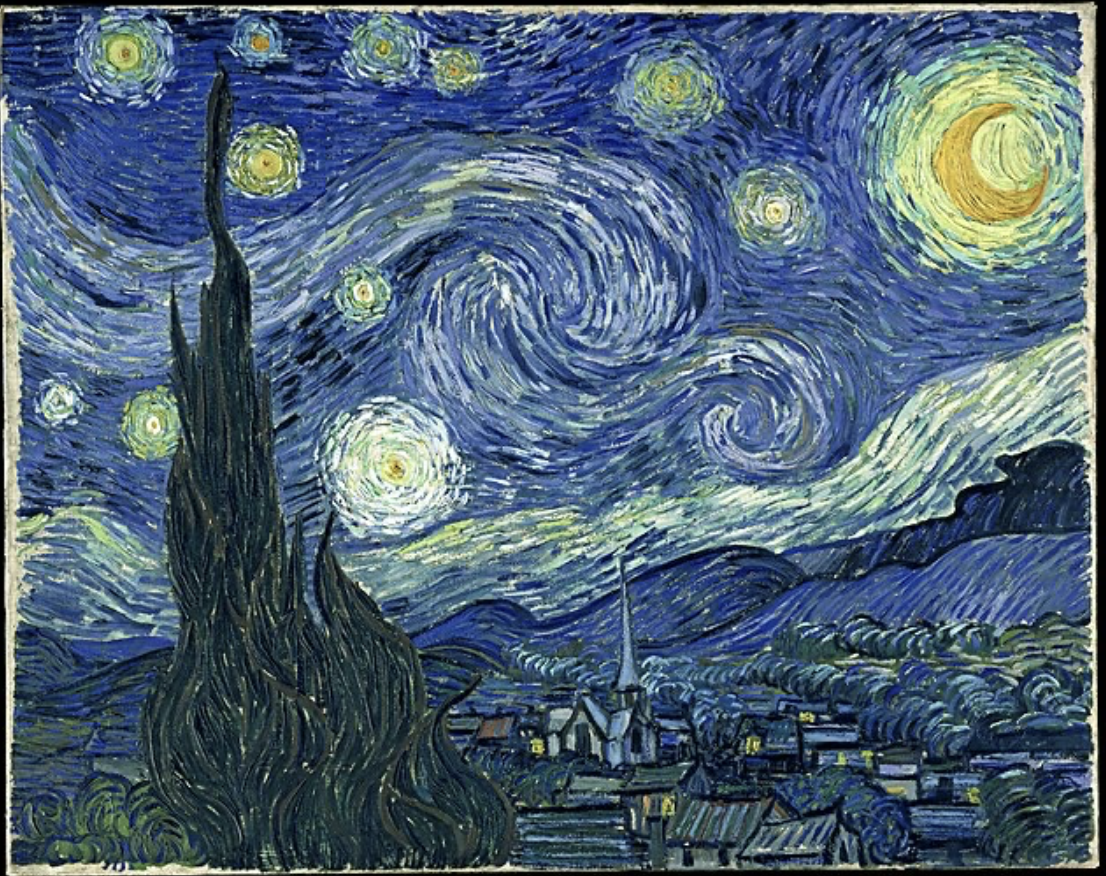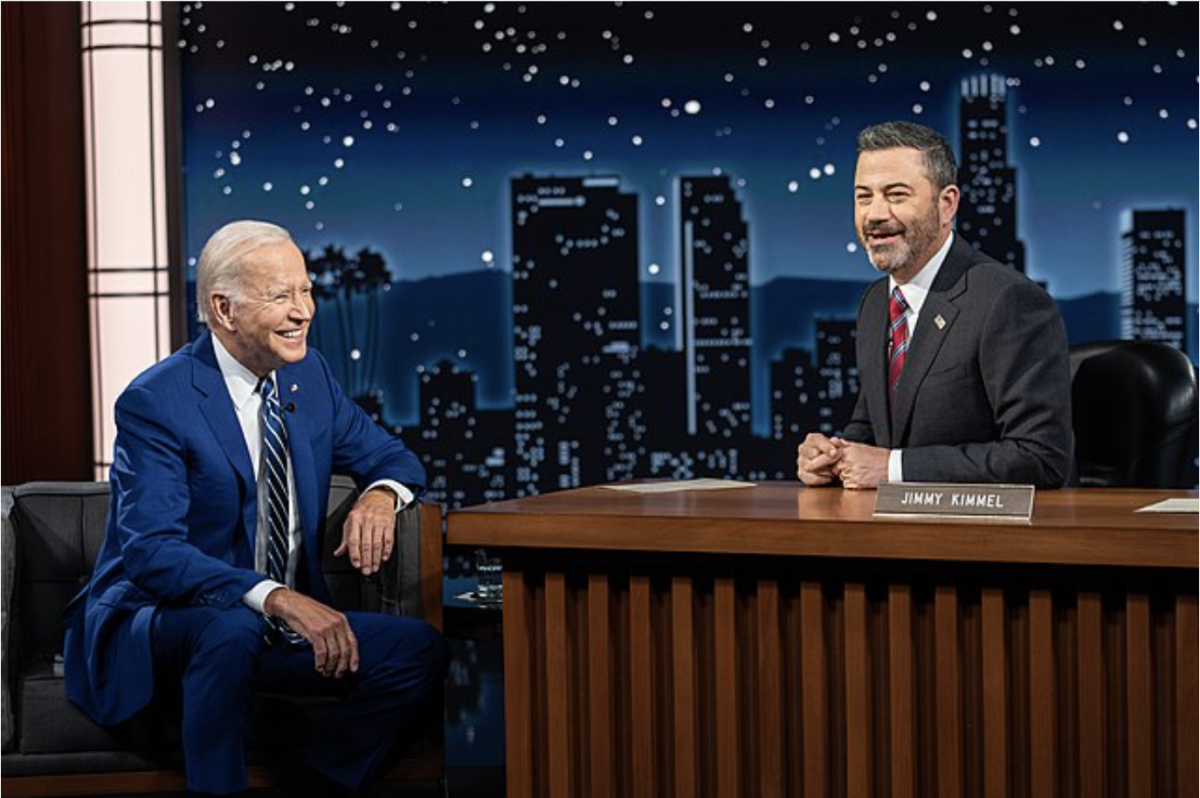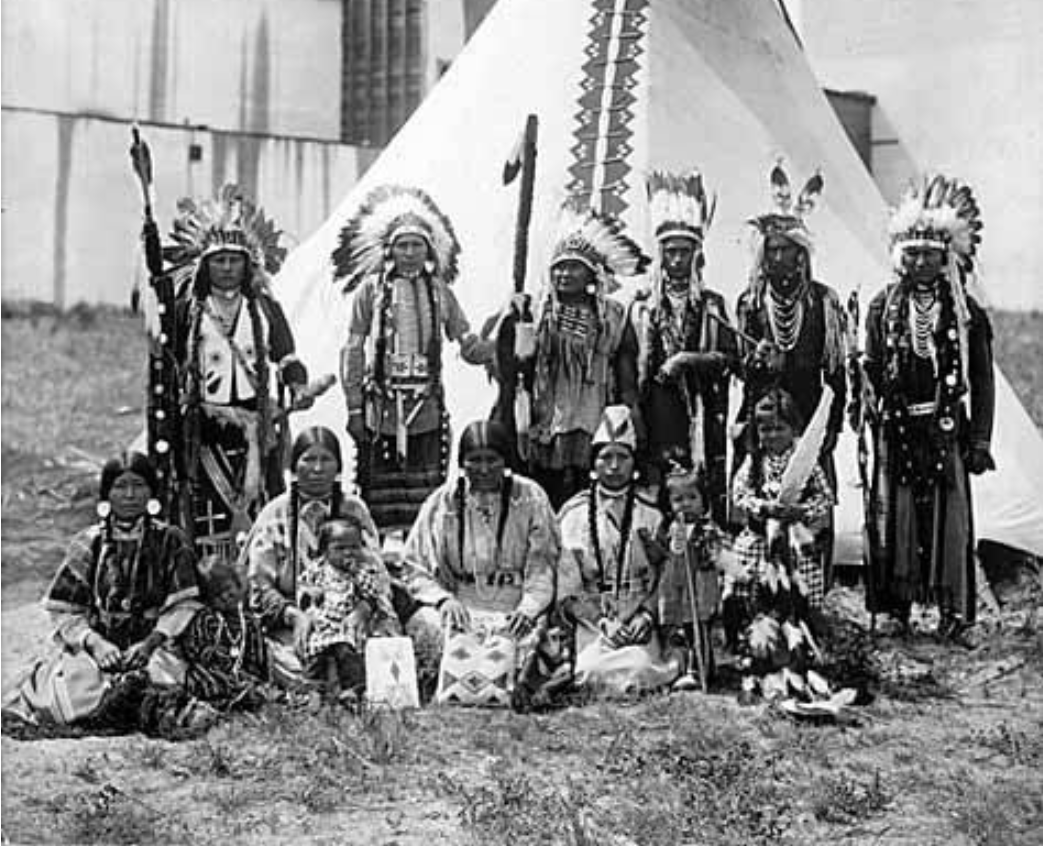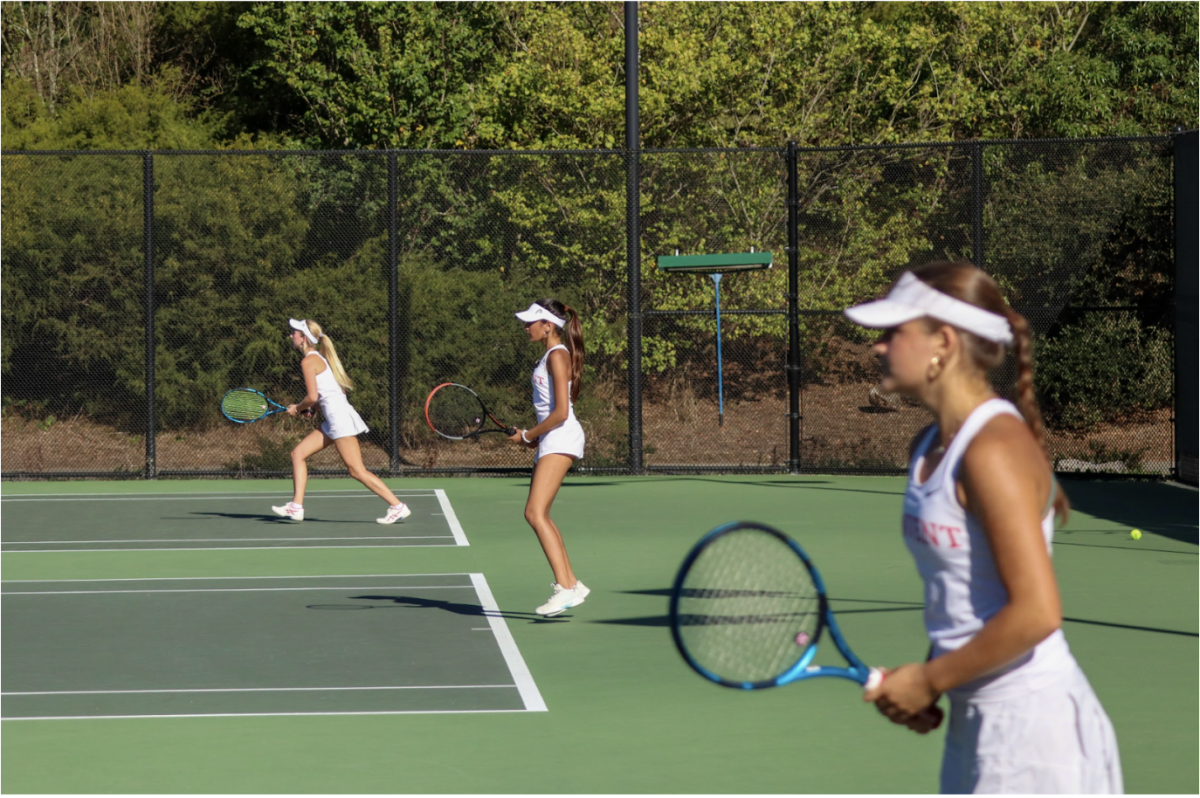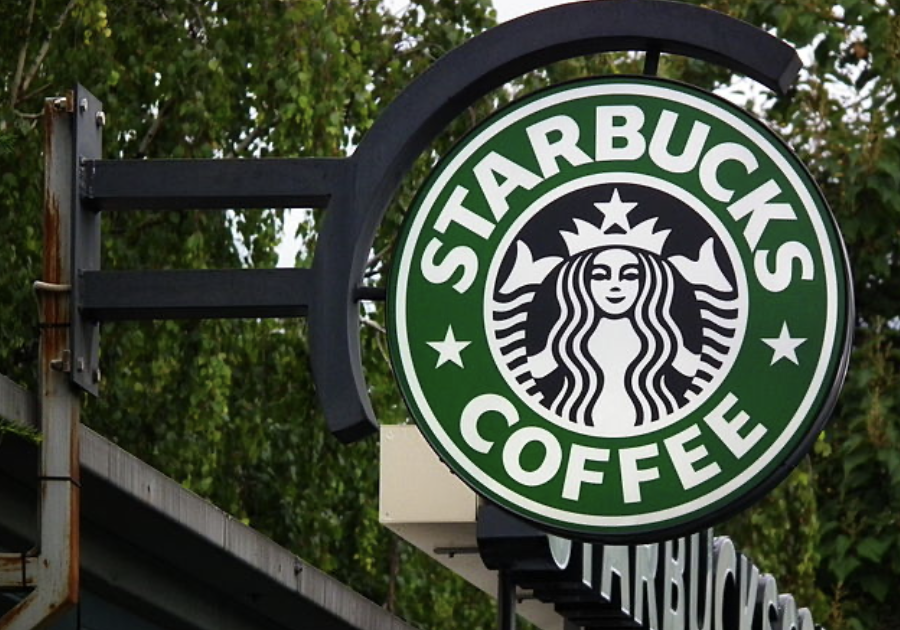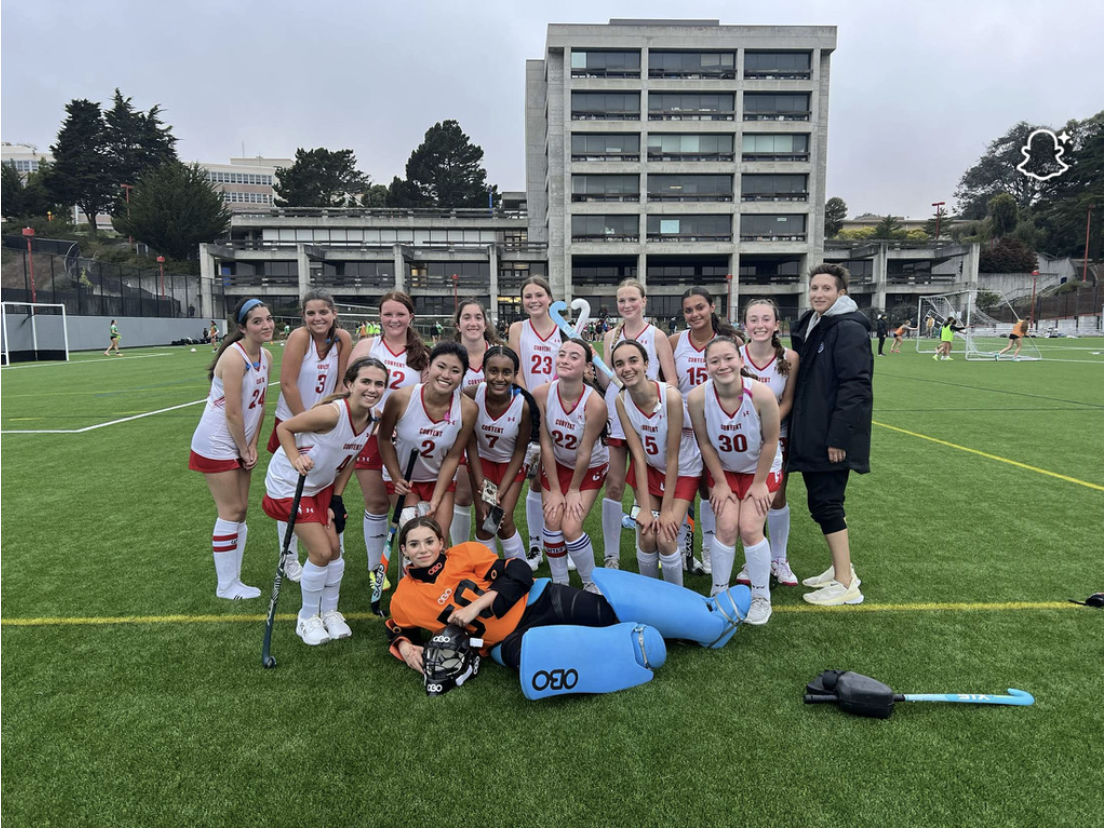Día de los Muertos, also known as the Day of the Dead, is a Mexican holiday where families and friends remember and pay their respects to the deceased. It takes place on Nov. 1 and 2, and is celebrated all around the world. The holiday is known for its bright colors, which are used to create paths for souls to find their way home.
“I didn’t really do anything for the Day of the Dead,” sophomore Fiona Brentani said. “ I still think it’s a great way to honor the dead and to reconnect with lost loved ones,”
The festival originated nearly 3,000 years ago in the Aztec Empire, where they celebrated the “Lady of the Dead,” who was the Queen of the Underworld. The Queen would annually ascend to earth to look over the bodies of the deceased, where she was met with celebrations to thank her. The holiday was later morphed into a blend of the Aztec celebration and the Catholicism brought by the Spanish conquistadors to become the ceremony we know today, according to the University of Kansas.
Two Fridays ago, Convent and Stuart Hall held a chapel celebrating Día de los Muertos. The Chapel was decorated with marigolds and candles to honor deceased loved ones, and students were invited to bring photos to place on the ofrenda for remembrance. Students shared stories of the dead, highlighting their favorite moments.
“The Día de los Muertos celebration has been a really important one for many years,” Chair of Community Spiritual Life Paul Pryor Lorentz said. “In the Latin American tradition, Día de los Muertos has a more celebratory feel to it, but I think what is really significant for the Convent and Stuart Hall community is the opportunity to still feel like we are connected with loved ones who have passed away,”
To commemorate the souls, families share the favorite food of the deceased with friends, the grave, and the altar. Some food commonly eaten on the Day of the Dead is pan de muerto, which is a sweet bread. Placing foods such as pan de muerto on the altar is believed to send the souls strength for their journey back to the underworld.
“For Día de los Muertos, I bought cempasúchil and pan de muerto and set up my ofrenda with my mom and sister,” sophomore Aaliyah Recinos said. “We also put photos of my family members and dog up, put their favorite candy in front of them, and burned some incense,”
One form of celebration is the painting of skulls on faces. Unlike other culture’s negative beliefs around the dead, Día de los Muertos honors both life and death and is a sacred time when both sides are at their closest point. The skulls represent the dead and are a reminder of the value of life, according to People en Español.
“My dad was in Mexico for a school reunion during the festival, and he told me about how he was able to see the parade and all the statues,” Brentani said. “He also got his face painted as a skeleton in celebration of the festival.”



